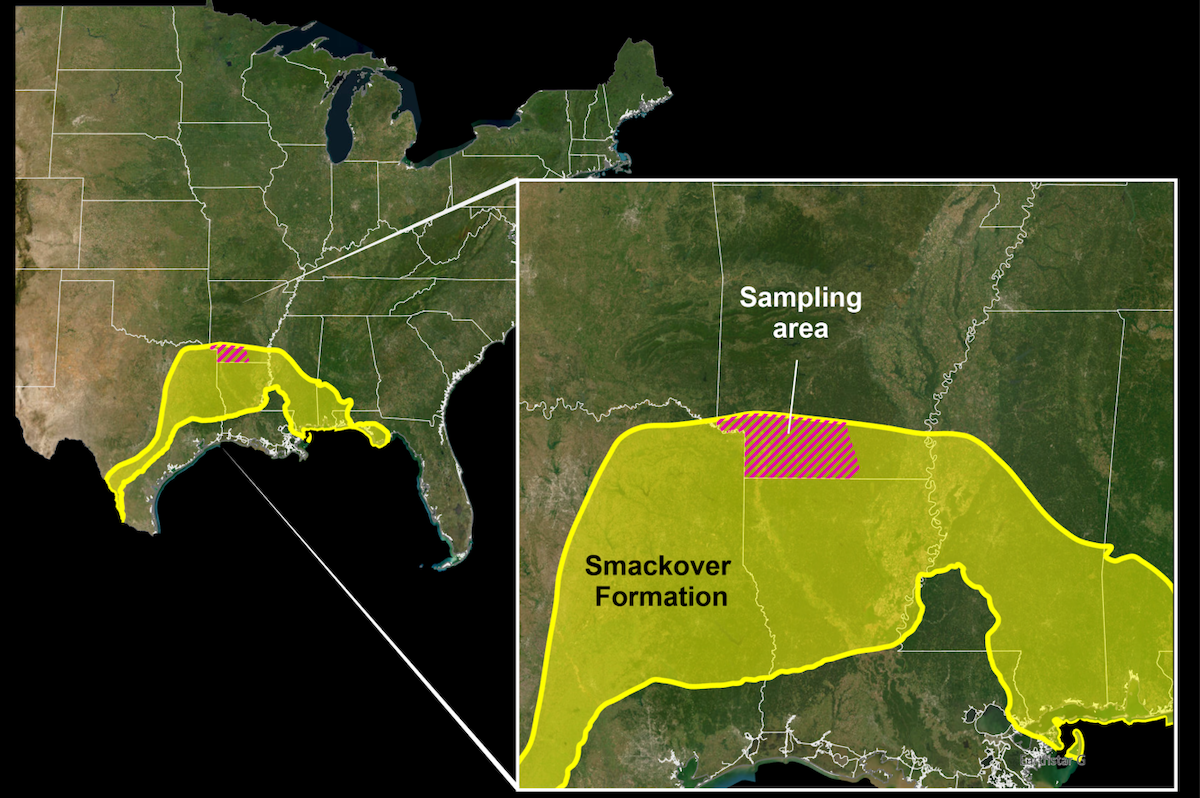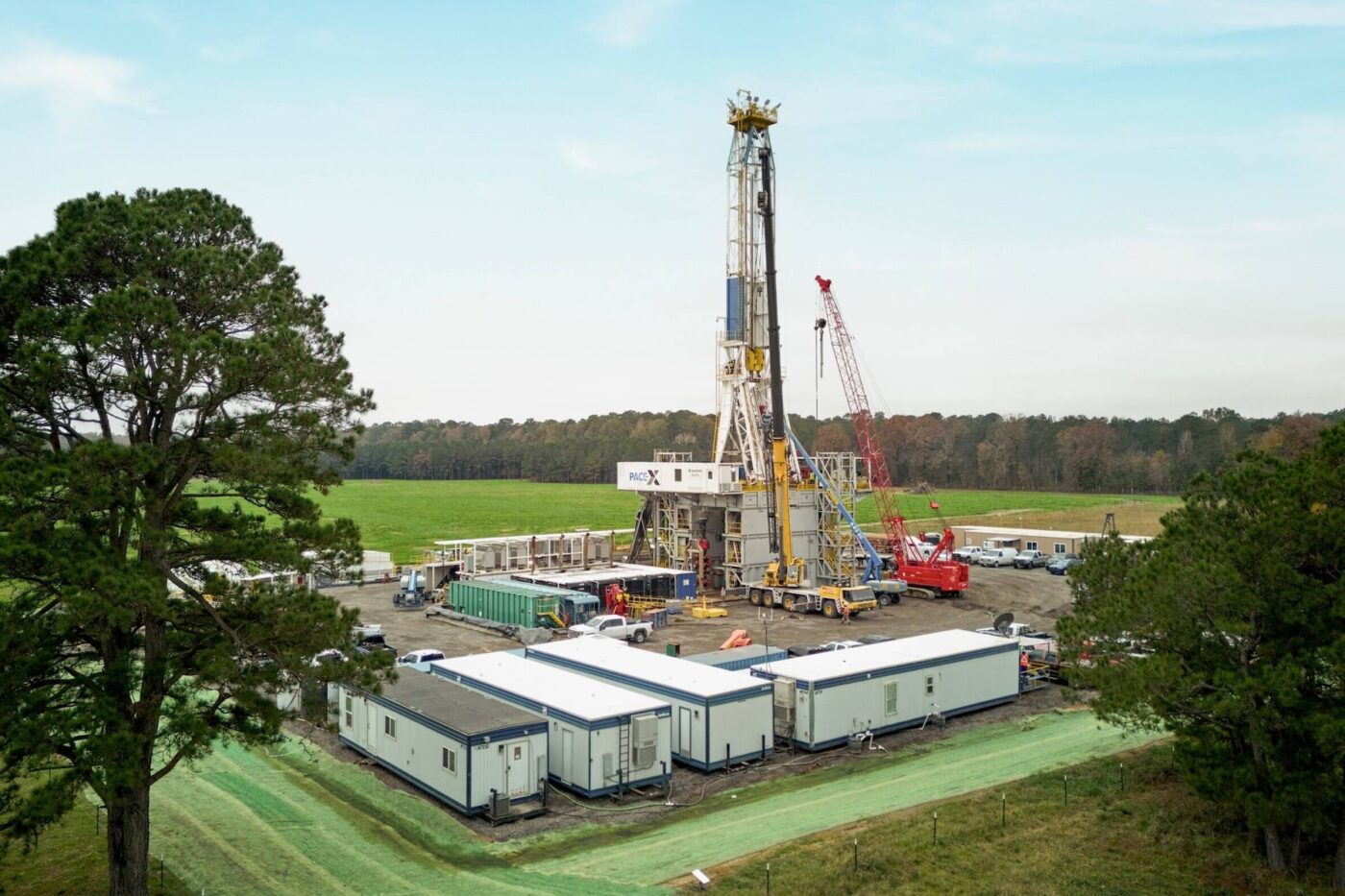New study forecasts tons of lithium reserves beneath southwestern Arkansas
The latest advancement in lithium development has come from the collaborative efforts of the US Geological Survey and the Arkansas Department of Energy and Environment’s Office of the State Geologist to conduct a study that led to the quantification of the estimated amount of lithium present in brines located in a geological unit known as the Smackover Formation.
The Smackover Formation, where the study is conducted, is known for its rich deposits of oil and bromine and is characterised by extensive, porous, and permeable limestone geologic units. It spans various regions, including Arkansas, Louisiana, Texas, Alabama, Mississippi, and Florida. The area has gained attention for potential lithium in brines, making it a favourable site to conduct the study.
Knierim, a hydrologist and the study’s principal researcher, remarks: “The USGS – and science as well- works best as a partnership, and this important research was possible because of our strong partnership with the Office of the Arkansas State Geologist.”
The study’s methodology employed water testing and machine learning to develop a predictive model that provides the first estimate of total lithium present in Smackover Formation brines in southern Arkansas.
According to reports detailing the study, researchers from the USGS Brine Research Instrumentation and Experimental lab in Reston, VA, analysed the samples taken from Arkansas and compared the samples with data from historic samples within the USGS Produced Waters Database of water from hydrocarbon production. They further employed a machine learning model to predict the total lithium concentrations across the region and areas lacking lithium samples. The features fed into the machine learning model are the historical concentrations of lithium in brines with their respective geological data, visualised in a map.

In the predictive model, it is estimated that between five and 19 million tons of lithium reserves can be found beneath southwestern Arkansas. Katherine Knierim explains: “Our research was able to estimate total lithium present in the southwestern portion of the Smackover in Arkansas for the first time. We estimate there is enough dissolved lithium present in that region to replace US imports of lithium and more. It is important to caution that these estimates are an in-place assessment. We have not estimated what is technically recoverable based on newer methods to extract lithium from brines.”
The US currently imports 25% of its lithium. The study revealed that there is enough lithium brought to the surface in the oil and brine waste streams in southern Arkansas to cover the current estimated US lithium consumption. What’s more: the minimum estimate of five million tons of lithium present in Smackover brines is said to be more than nine times the International Energy Agency’s projection of global lithium demand for electric vehicles in 2030. In essence, if the lithium reserve in southern Arkansas is commercially recoverable, it would meet the projected 2030 world demand for lithium in car batteries nine times over.
Lithium is an essential mineral for battery production and is widely demanded for the production of EV batteries. Development and innovation in lithium would accelerate energy technology and provide a rapid transition from fossil fuels to electric and hybrid vehicles. So far, ExxonMobil has registered its interest in mining Lithium in southern Arkansas by 2027. Lanxess and Standard Lithium have also conducted some tests to investigate the viability of establishing a lithium carbonate production plant in El Dorado, Arkansas.
“Lithium is a critical mineral for the energy transition, and the potential for increased US production to replace imports has implications for employment, manufacturing and supply-chain resilience. This study illustrates the value of science in addressing economically important issues,” said David Applegate, USGS Director.





0 Comments